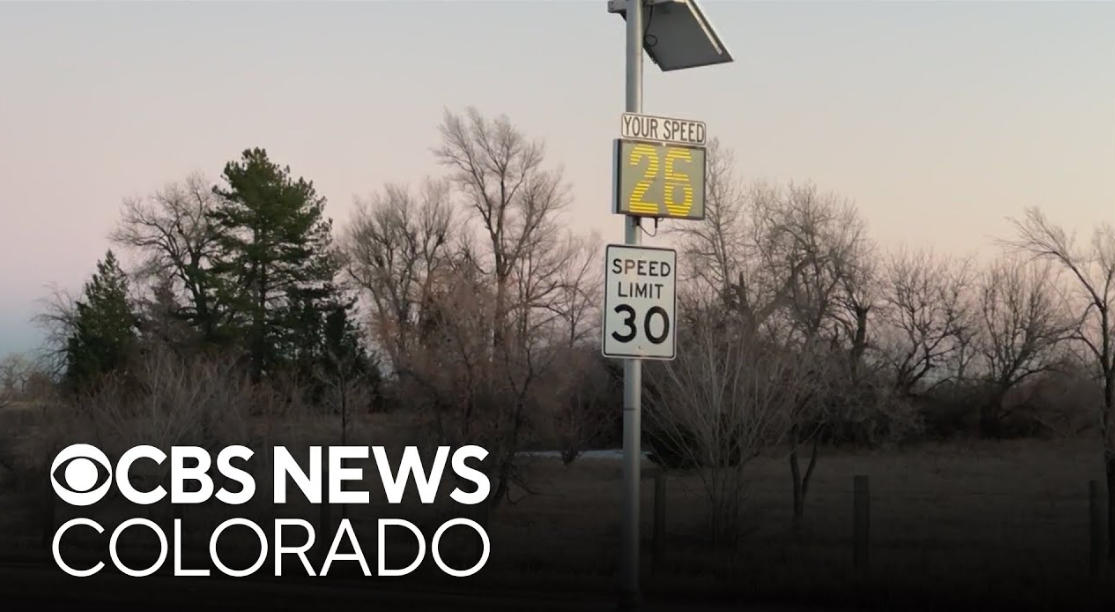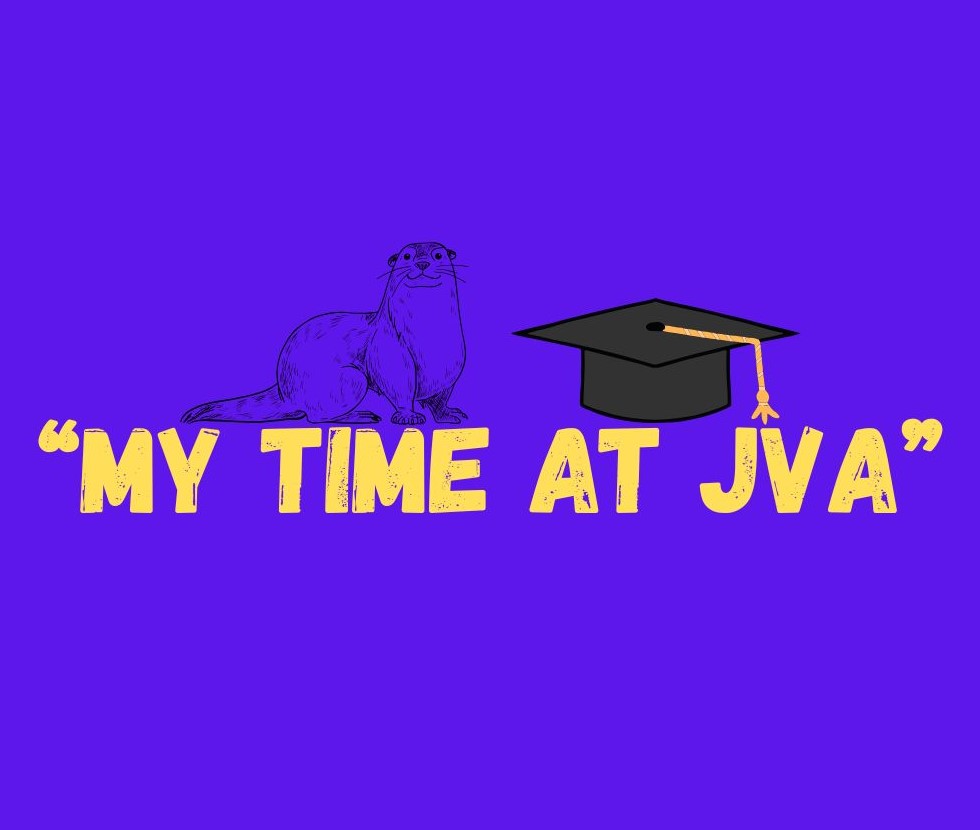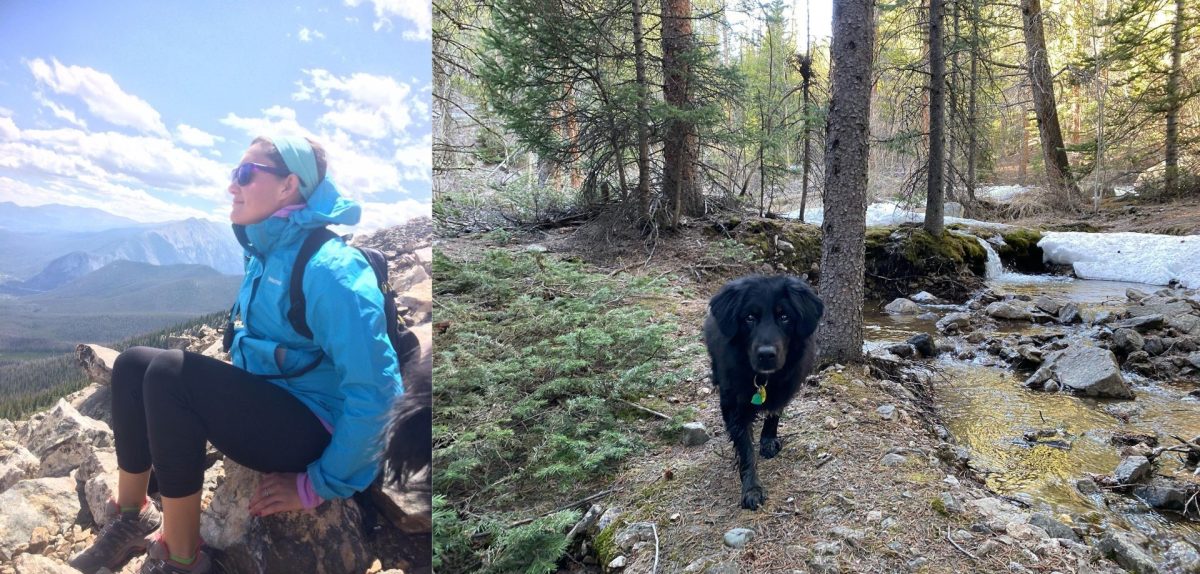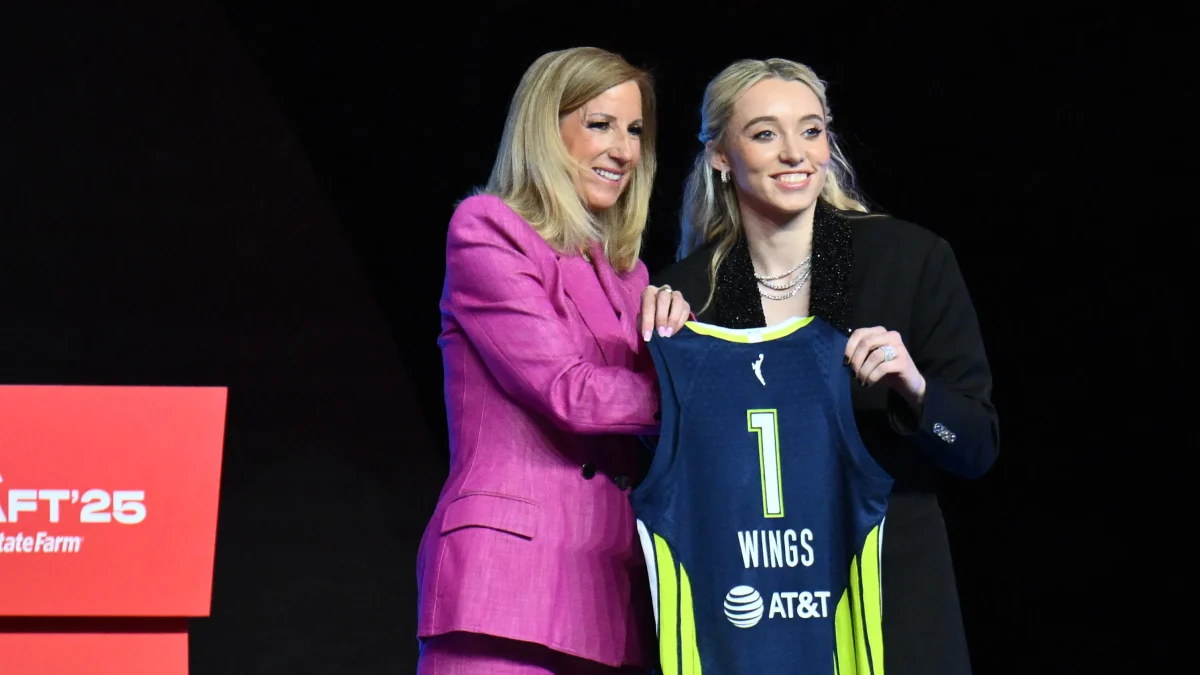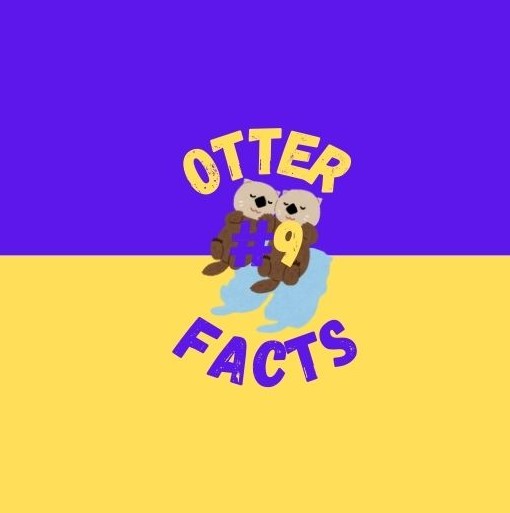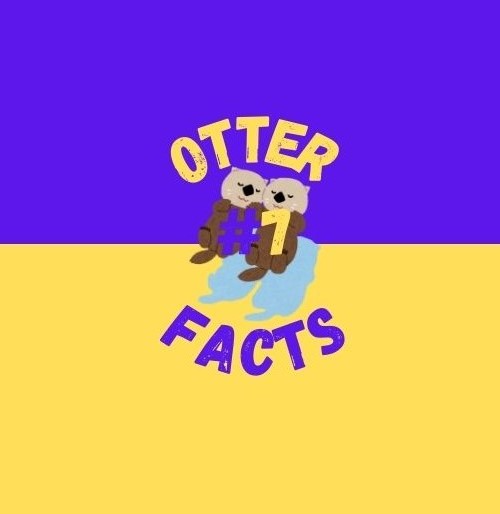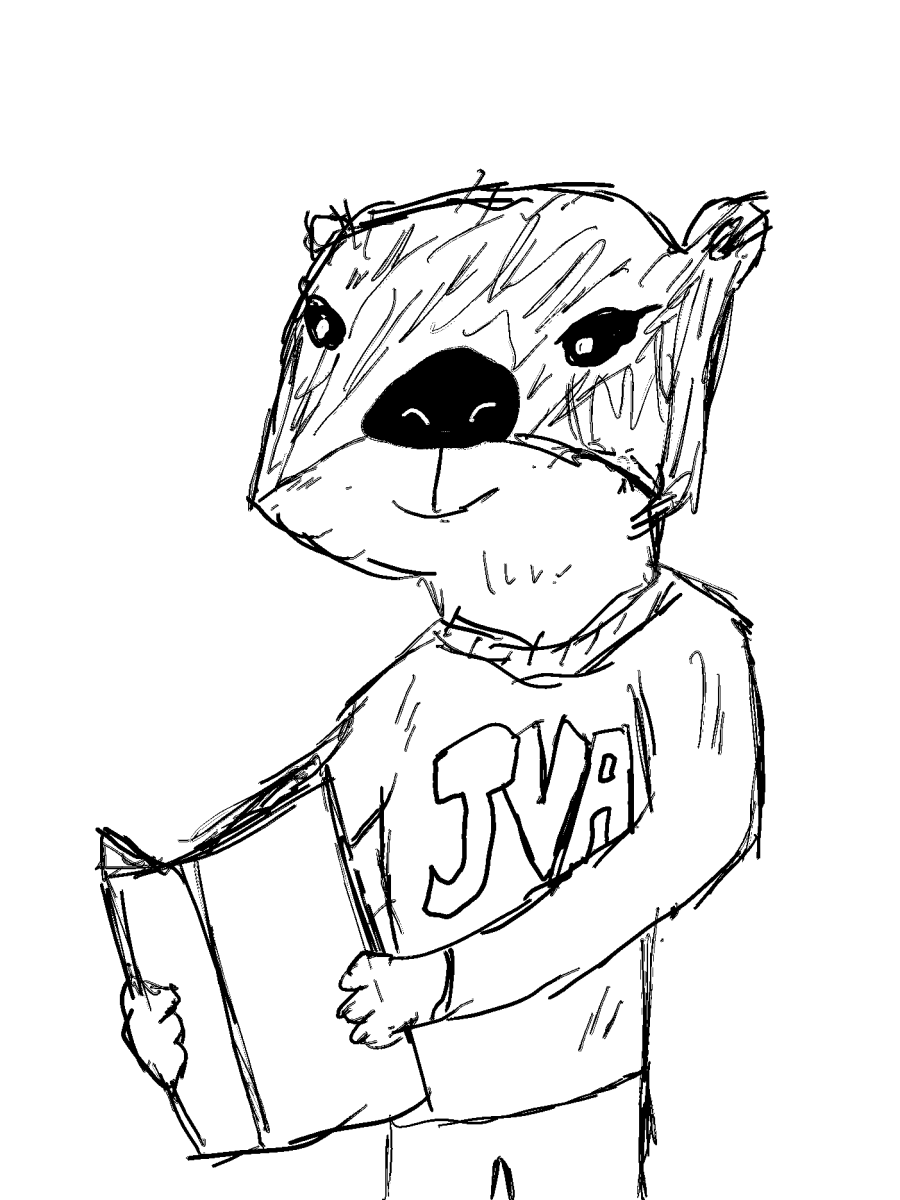Otters. You know why you’re reading about them, right? JVA is the home of the otters; you’re an otter. The picture for the student group in Schoology and the weekly Otter News shows that… and, well, tells that. Our drawn mascot may not have the appearance of real otters–they don’t have abs and can’t stand on just two legs unfortunately–but the spirit is still there. No one can deny that we’re the JVA otters. But what about the real deal? What is the real life animal our mascot is modeled after like? Glad you asked.
Here are five basic facts about the magnificent otter.
- There isn’t just one species of otter; no, there’s 13 of them!
- Asian small-clawed otter
- Wonder where this one lives…
- Smooth-coated otter
- All otters appear to have smooth coats though…
- Hairy-nosed otter
- Name really describes all otters honestly…
- Spotted-necked otter
- This name is just a description of what they look like…
- African clawless otter
- Once again wonder where this one lives…
- Congo clawless otter
- They’re so special their location in Africa is specified…
- Eurasian otter
- Do these guys really need all that space…
- North American river otter
- Biologists took the chance to teach people geography with these names…
- Sea otter
- These guys should be named hairy otters(more on that later)…
- Giant otter
- Are we talking about an actual giant or…
- Marine otter
- Marine? As opposed to what…
- Southern river otter
- One last geographical name… they live in South America
- Neotropical otter
- The old tropics were boring so they went to the new tropics
- Asian small-clawed otter
- All otter species except North American river otters are either near threatened, vulnerable, or endangered
- Remember that sea otters should be named hairy otters? That is because they have the thickest fur out of any mammal: 500,000 hairs per square centimeter
- They are almost always out at sea yet have no blubber, the reason for so much fur
- Now classified as least concern, the North American river otter almost went extinct in the past as a result of pollution and trapping, but river cleaning as well as management on trapping and numerous reintroductions throughout North America have allowed these beautiful animals to thrive once more
- The giant otter’s latin name, Pteronura, pays homage to their distinctive feature as it means winglike(ptero) tail(nura)
Have you learned something new about otters? If you did, fear not because there is much, much more to learn. This is just the start; just the dipping of toes into the glorious waters of the otters. Next time you see our mascot, just remember the amazing world of real life otters it is based off of.

